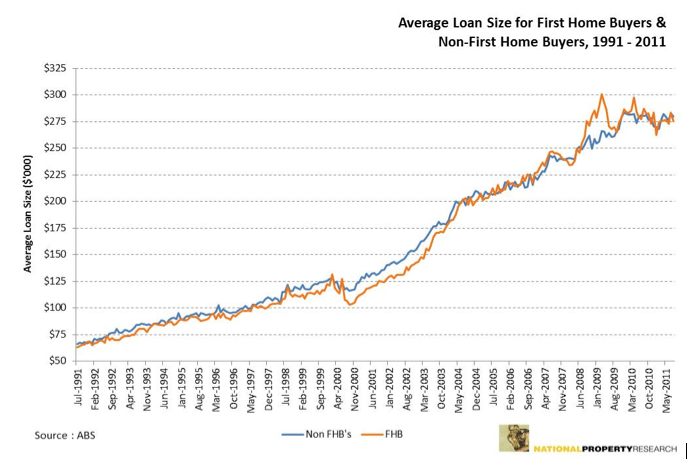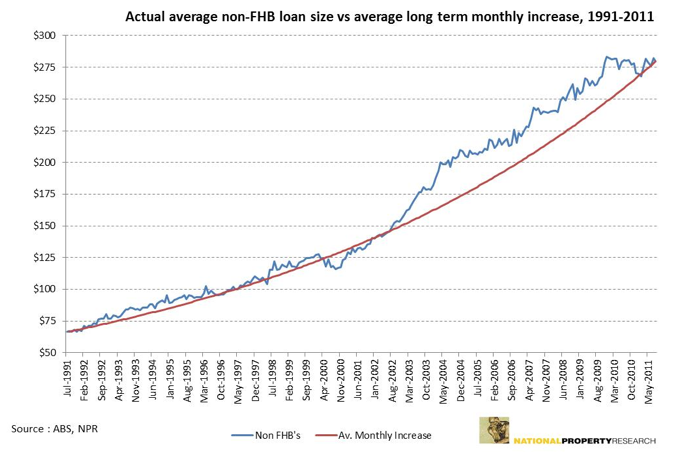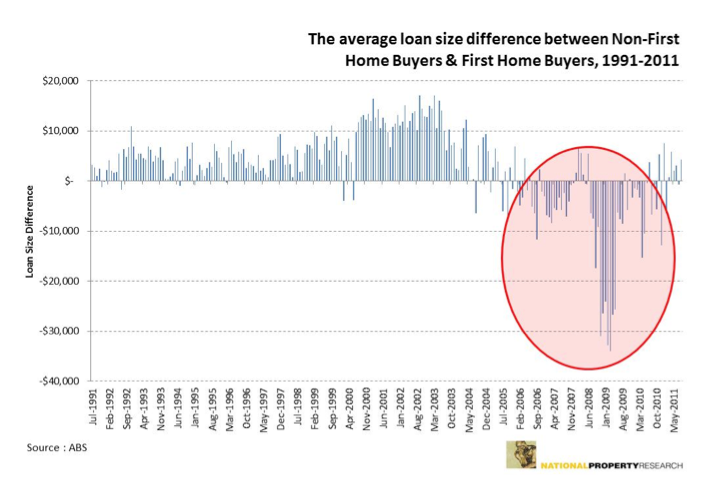I
was listening to the radio last week as I drove to work. I was being berated by
the planner being interviewed as one of those people that don’t live in the
inner ring of a capital city.
Apparently my desire for a larger residential lot is no longer
appropriate. I am also one of the
unfortunates that are financially marginalised because “that’s where all the
poor people live”. Not only that,
I can’t walk to work so that allegedly makes me lean more closely to
environmental vandalism.
This
planning dribble has to stop. I am
a middle aged man with a wife and two boys. My life revolves around being pulled in multiple directions,
particularly on weekends when sport dominates where the family ends up. You see, I NEED two cars…well actually
my family needs two cars because it is inconvenient to catch public transport
on a Saturday. Our public
transport system in Australia is in many areas a long way behind where the rest
of the developed and even developing world standards are. If I wanted to buy an apartment in the
inner ring of Brisbane that had two car parks, chances are I would now be
looking at a sub-penthouse.
Let’s
take the dollars out of the argument though. You can’t really compare the apartment versus the house on a
square metre rate, the house will always come out on top as being the more
affordable outcome. What I propose
is that for one moment, we don’t all bow down to the urban consolidationists
and think about what life experiences we want for our families and ourselves.
As
a family, there are things I like to do.
I enjoy kicking a ball in the backyard with the kids. It is probably of more benefit to my
fitness than theirs. But it also
allows me the opportunity to teach them how to kick a ball, control it and the
other vagaries of the game. It too
has the other more important benefit of a father and mother spending quality
time with their children outside of homework and the four walls of a dwelling. Backyard cricket is a favourite over
summer. Something many of us grew
up with as children and have fond memories of.
I’m
a fisherman too. In fact many of
the families in our street own boats or caravans. These are lifestyle choices that might cost an initial lump
sum outlay, but to have them tucked down beside the house costs nothing whether
they are used or not. If I am to
believe the urban consolidationists, I should store them somewhere else. I haven’t seen too many townhouse or
apartment projects that have the capability of storing multiple 20 foot boats
or vans. To have them located
offsite is likely to start costing upwards of $2,000 a year, in many cases
more. In terms of lifestyle and
experience, I like to sit in the boat and tinker on the weekends if I’m not out
using it. I dream of places I’ve
been, fish I’ve caught and those that will come in the future. And the funny thing is, more often than
not my boys are sitting there beside me talking it through as well.
The
pool out the back is great…and also not unique in SEQ. Do a google earth search of any suburb
and you will see that a pool is one of the most common additions to any
house. My kids have learnt to swim
in it, I cool off in it in summer and enjoy the privacy of having it in my
backyard. Whilst I know many well
meaning planners will tell me that many apartments and townhouses have pools,
it is not the same as walking out your back door, going splash at 10.00pm at
night and then going to bed. Having
a quiet beer with friends around it on the weekend would probably be against
most body corporates too.
Whilst
this may seem like a rant against medium and high density, it is not. There is a place for all of it in our
cities and for our different life stages.
What I am growing immensely bored with is the moral high ground assumed
by the urban consolidationists that have an agenda, that may in fact not be in
the best interests of society.
Certainly urban consolidation is suitable for some household types; not
all. It is this blanket dismissal
of all others and the self-righteous attitude of looking after “my” best
interests that I find offensive.
It is also dumb to assume that all work is conducted in a capital city,
quite clearly it is not.
Here
are some things for planners to think about.
The
separation of work and home is healthy.
It provides two distinct and important aspects to one’s social
interactions. SOHO is a great
concept, but it is a small part of the urban fabric. It also can be part of a house, it doesn’t have to be medium
density. Much of the population
needs time to mentally switch off from work before reaching home. That 30-60 minute drive or public
transport trip is a good thing for many people…assuming that the public
transport is up to the task and passengers are accommodated properly. (Therein lies another debate for
another day…my sympathies to the Gold Coast line rail passengers) I and many
others happily forgo travel time to work to have the lifestyle benefits of
living outside the inner ring.
Australia
has a small population. The debate
surrounding a “Big Australia” is a farce.
Whether we are a continent of 40 million or 50 million people is the
equivalent of essentially two large world cities. Our growth as a nation in real terms is small on the world
stage. Our urban sprawl is not
excessive, it seems that the State government has recently come to a similar
conclusion with urban expansion at Caloundra South, Caboolture West, Flagstone
and Yarrabilba. Common sense may
be prevailing.
So
as I sit on my back deck, watching my kids run around with our dog, I am enjoying my instant coffee that cost
me 20 cents; not the $4.00 I would pay in a trendy innercity café where my
middle aged ears struggle to hear what the person sitting across from me is
saying. I like suburbia, I like
the life experiences my kids are growing up with and I like the fact that I
have everything around me within an easy 15 minute drive. This doesn’t make it superior to medium
or high density, (though for my stage of life it does), it is simply an
important part of the urban fabric that should not be looked down upon as
wrong.
So
next time we have a tropical thunderstorm, 30 plus temperature with 95%
humidity or a freezing cold winter morning, enjoy carrying your weekly
groceries home in your walkable city (an aspirational goal). I for one will be coming or going from
the suburbs, listening to the radio in an air-conditioned car with my boot full
of the shopping. The suburbs are
the home of the masses and there is absolutely nothing wrong with that. Life for many is more than a coffee
shop and the clichéd glass of wine marketers would have us believe is the
pinnacle of our existence.







